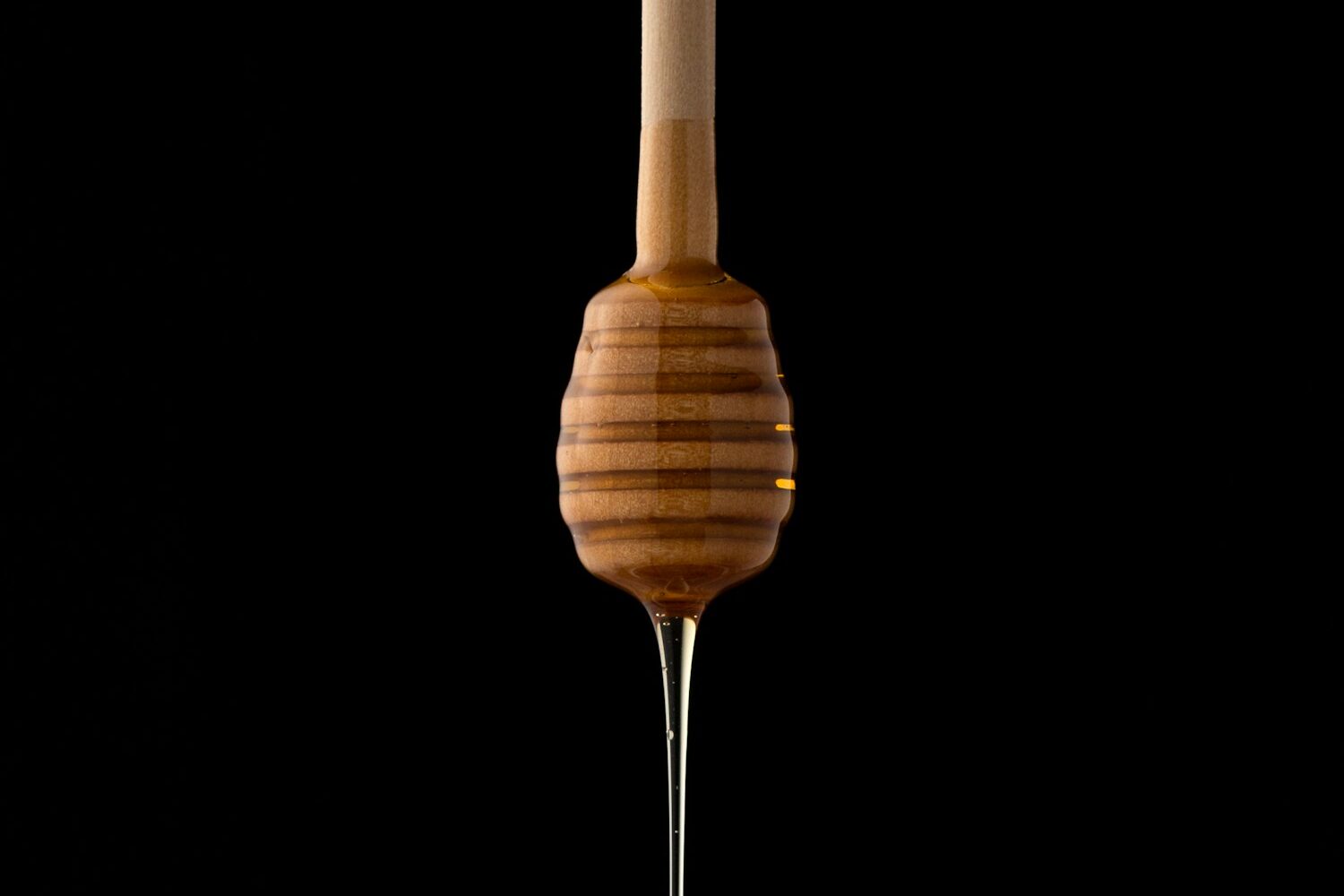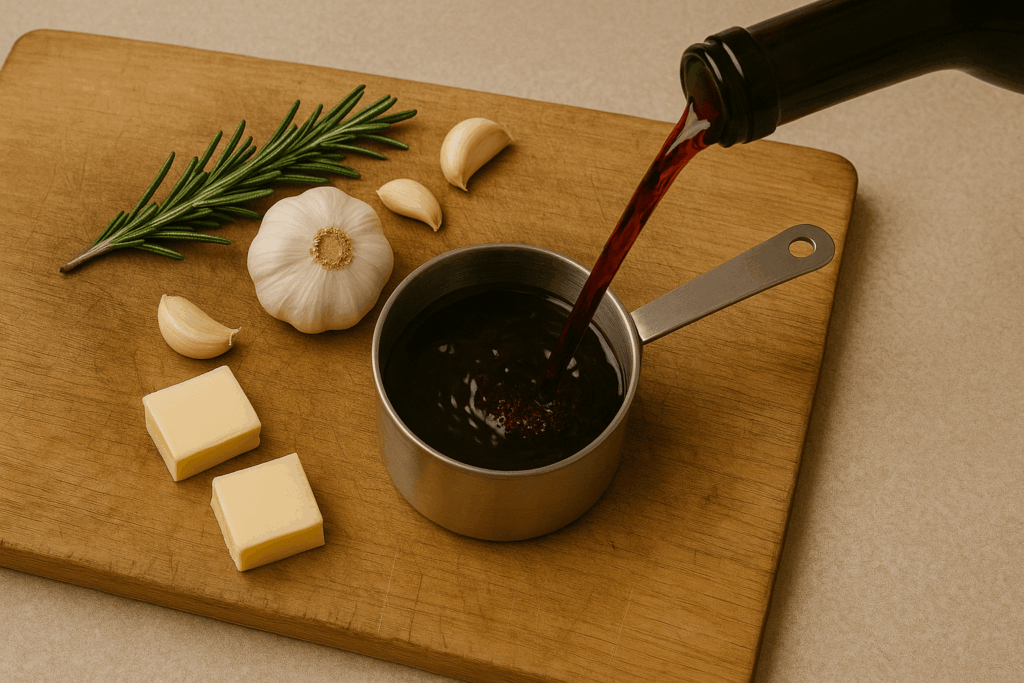
Sweet wines captivate wine lovers with their rich, flavorful profiles, ranging from delicately sweet to decadently luscious. Their versatility makes them ideal for casual sipping, elegant pairings, and a variety of occasions, from sparkling varieties to full-bodied dessert wines.
What is sweet wine?

Sweet wine is a type of wine that retains a higher level of residual sugar after fermentation, giving it a naturally sweet flavor. Residual sugar is the sugar left in the wine that hasn’t been converted into alcohol by yeast during the winemaking process. This sweetness can range from a subtle hint to an intense syrupy richness, depending on the style of the wine.
Sweet wines are crafted in a variety of ways, from stopping fermentation early to using grapes with concentrated sugars. These wines are often enjoyed on their own, as dessert wines, or paired with foods that complement their sweetness. Despite their reputation as being simple or solely for beginners, sweet wines can be highly complex and nuanced, making them a favorite for wine enthusiasts worldwide.
Sweetness levels in wine
The sweetness of wine is measured by its residual sugar content:
- Dry (0-4 g/L): Almost no sugar, with crisp, sharp flavors.
- Off-dry (5-12 g/L): Slightly sweet, with balanced acidity.
- Sweet (13-45 g/L): Noticeable sweetness but not overpowering.
- Very sweet (45+ g/L): Luscious and syrupy, ideal for dessert wines.
How to know if wine is sweet from the bottle
Understanding a wine’s sweetness can be tricky without tasting it, but you can look for clues on the bottle:
- Label descriptions: Words like “late harvest,” “off-dry,” or “demi-sec” often indicate sweetness.
- Alcohol content: Lower alcohol content (around 7-11%) can signal higher residual sugar.
- Grape variety: Certain grapes, like Moscato or Riesling, are typically used for sweeter wines.
- Region or style: Wines from regions known for sweet wines, such as Sauternes or Tokaji, are reliable indicators.
The difference between sweet and fruity wines

The terms sweet and fruity are often confused in the wine world, but they describe two distinct characteristics of wine.
Sweetness in wine refers to the level of residual sugar left after fermentation. A wine is sweet when you can clearly taste the sugar content, such as Moscato, Sauternes, Port, or Riesling. On the other hand, fruity wines emphasize flavor profiles dominated by fruit notes without necessarily being sweet. Fruity wines, such as Zinfandel, Sauvignon Blanc, or Beaujolais, can still be dry (low in sugar).
| Aspect | Sweet Wine | Fruity Wine |
|---|---|---|
| Definition | Contains noticeable residual sugar. | Emphasizes fruit flavors but may be dry. |
| Taste | Sugary, dessert-like. | Bright, fruit-forward without being sugary. |
| Examples | Port, Moscato, Ice Wine. | Beaujolais, Pinot Noir, Sauvignon Blanc. |
| Food pairing | Desserts, cheeses, spicy dishes. | Grilled meats, salads, seafood. |
Many wines are both sweet and fruity, especially dessert wines like Moscato, where the sweetness is complemented by vibrant fruit flavors like peach or citrus. Understanding this distinction can help you articulate your preferences when selecting wines or pairing them with food.
Alcohol content vs. residual sugars
The balance between alcohol and residual sugar is critical in determining a wine’s flavor profile.
- High sugar, low alcohol: Wines like Moscato have noticeable sweetness with a light body.
- High alcohol, high sugar: Fortified wines like Port are both rich in sweetness and potent in alcohol.
- Low sugar, high alcohol: Dry wines typically fall into this category.
How are sweet wines made?
Winemakers use several techniques to produce sweet wines:
- Stopping fermentation early: Yeast is removed before all sugar is converted into alcohol.
- Late harvest: Grapes are left to ripen longer, concentrating their sugars.
- Botrytis (noble rot): A fungus that shrivels grapes, intensifying their sweetness and flavor.
- Freezing (ice wine): Grapes are frozen on the vine, then pressed to extract sugary juice.
- Fortification: Adding spirits halts fermentation, leaving residual sugar in the wine.
What to pair with sweet wines

Sweet wines pair beautifully with a variety of dishes:
- Desserts: Chocolate, fruit tarts, or crème brûlée enhance the wine’s sweetness.
- Cheese: Blue cheese or creamy brie provide a salty contrast.
- Spicy dishes: Asian or Indian cuisine balances heat with sweetness.
- Savory snacks: Foie gras or pâté complements rich, sweet wines like Sauternes.
Common misconceptions about sweet wines
Sweet wines are often misunderstood, and several myths can lead people to overlook these versatile and complex wines. Let’s debunk some of the most common misconceptions:
Sweet wines are only for beginners
While sweet wines are approachable, their complexity and craftsmanship can appeal to seasoned wine enthusiasts.
Sweet wines are always sugary
Not all sweet wines are cloying; many balance sweetness with acidity, making them refreshing and versatile.
FAQs
What is sweet wine?
Sweet wine is a type of wine that retains higher levels of natural sugar, making it taste sweet. This can be achieved through various winemaking techniques, such as stopping fermentation early, using naturally sweet grapes, or adding sugar or grape concentrate.
Is sweet wine the same as dessert wine?
Not necessarily. While most dessert wines are sweet, not all sweet wines are classified as dessert wines. Dessert wines are typically served with or as dessert, whereas sweet wines can be enjoyed at any time.
Can sweet wine age well?
Certain sweet wines, such as Port, Sauternes, and Tokaji, are known for their excellent aging potential due to their sugar and acidity, which act as natural preservatives.
Can sweet wine be used in cooking?
Yes, sweet wines can enhance dishes, particularly desserts, marinades, and sauces. For example, Marsala is commonly used in cooking to make dishes like Chicken Marsala.
Conclusion
Sweet wines offer a delightful spectrum of flavors, from light and fruity to rich and syrupy. Whether enjoyed as an aperitif, paired with food, or savored on their own, sweet wines are a testament to the diversity and artistry of winemaking. Understanding the types, sweetness levels, and pairings can help you appreciate these wines to the fullest.





